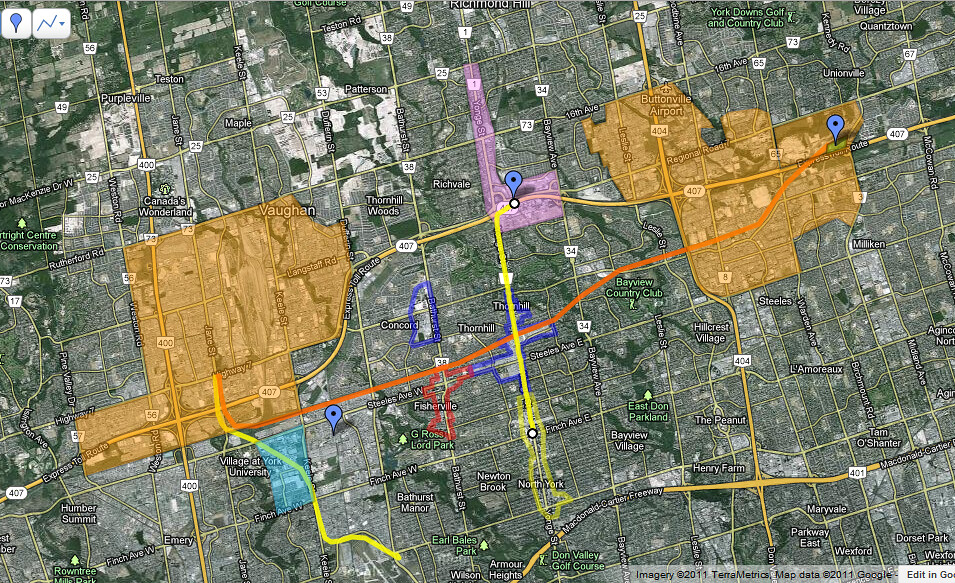Glen
Senior Member
Where have you been. All I keep reading is theat employers are moving back to downtown Toronto to young urban workers who want to live in downtown Toronto
I have been looking at the data, that's where I have been. Toronto consist of more than downtown. My point still stands. Vaughan (and Mississauga) are both net importers of labour from Toronto. WRT downtown, perhaps you have mistaken the dead cat bounce for a real recovery. If you really consider a city that, since 1989, has 548k more residents but 55k less jobs, a success then there is really no point engaging with you.
